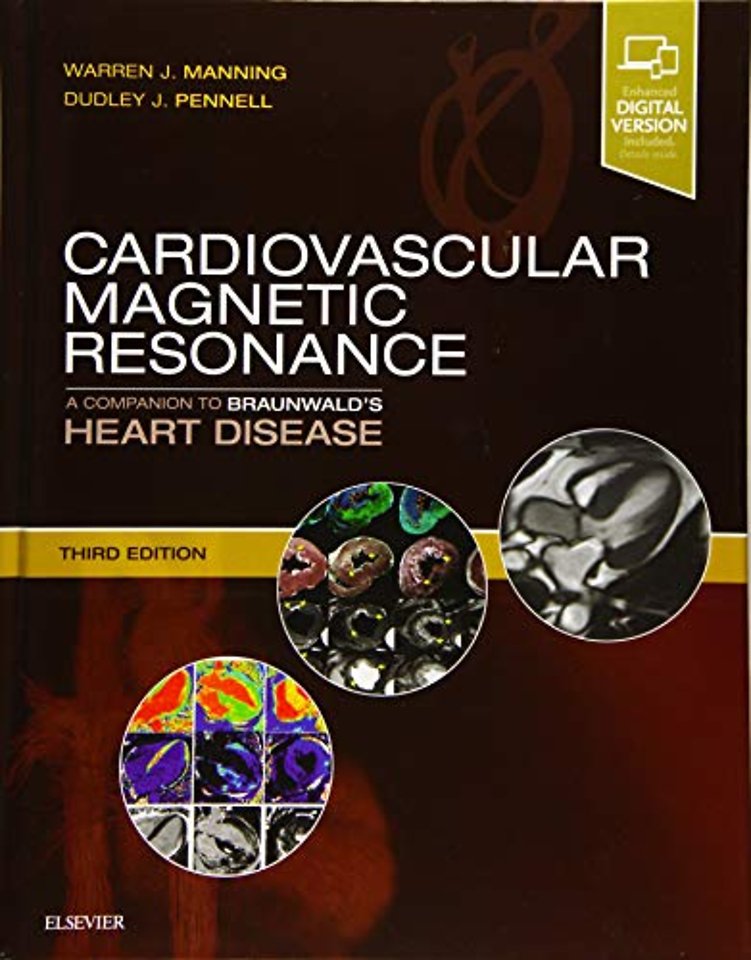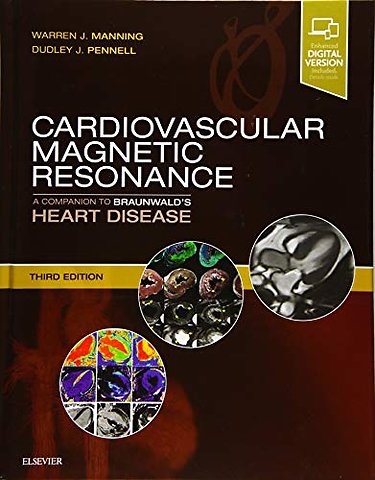Cardiovascular Magnetic Resonance
A Companion to Braunwald’s Heart Disease
Samenvatting
Written by an expert team of cardiologists, radiologists, and basic scientists, this third edition of Cardiovascular Magnetic Resonance continues to bridge the divide among specialty areas in with cohesive presentation of this complex and fast-changing field. Offering comprehensive coverage of CMR and the latest cardiology applications, this practical reference enhances the understanding of cardiac physiology and the interpretation and diagnosis of cardiovascular disease. This is an ideal resource for cardiologists, cardiovascular and general radiologists, and anyone who needs up-to-date information on CMR’s uses, benefits, and limitations in cardiovascular care.Provides state-of-the-art coverage of CMR technologies and guidelines, including basic principles, imaging techniques, ischemic heart disease, right ventricular and congenital heart disease, vascular and pericardium conditions, and functional cardiovascular disease.Includes new chapters on non-cardiac pathology, pacemaker safety, economics of CMR, and guidelines as well as new coverage of myocarditis and its diagnosis and assessment of prognosis by cardiovascular magnetic resonance, and the use of PET/CMR imaging of the heart, especially in sarcoidosis.Features more than 1,100 high-quality images representing today’s CMR imaging.Covers T1, T2 and ECV mapping, as well as T2* imaging in iron overload, which has been shown to save lives in patients with thalassaemia major.Discusses the cost-effectiveness of CMR.Expert Consult™ eBook version included with purchase. This enhanced eBook experience allows you to search all of the text, figures, and references from the book on a variety of devices.

